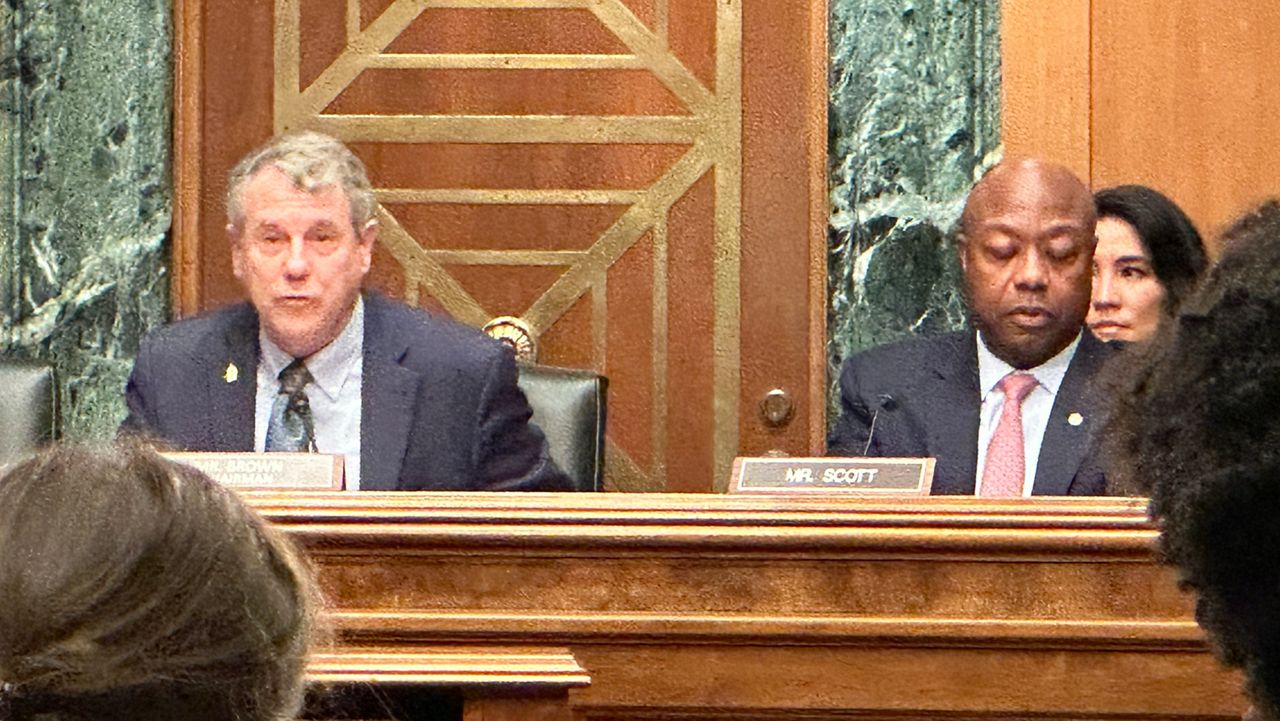CLEVELAND — A bipartisan group of lawmakers met with representatives from the Cleveland Browns to discuss a pitch for a new multipurpose stadium that could be a work in progress.
The region where they plan to construct the new stadium could be near the suburbs and close to Cleveland Hopkins International Airport. The idea could cost $2.4 billion. A portion of this price could come from taxpayers.
“It’s going to be up to the Browns to make that pitch to why that should be a good deal for the citizens,” said State Rep. Bride Rose Sweeney. “So, that hasn’t happened yet. So, I’m kind of reserving judgment because that’s who matters most. It’s not my money, it’s the people’s money.”
Sweeney is among the lawmakers who were able to get a sneak peek at a new plan developed by the Cleveland Browns for a new stadium. State Rep. Darnell Brewer also saw the proposal and said from his understanding, the plan calls for a stadium with a dome shape. The facility would also have space to include an entertainment area, shops, and restaurants. A portion of the proposal is calling for part of the stadium to be built underground, so the dome would not pose a problem for the nearby airport.
“I think they’re looking at a new stadium for the 2029 season for the Browns,” said Brewer. “I’m not sure if that’s a hard timeline, but 2029 is when they’re looking to do whatever they do when it comes to the stadium.”
This plan is one of at least two that are currently being considered. The other pitch could be remodeling the current location to stay downtown on the lakefront. Sweeney said it is important that the people of Ohio have a say in the matter if they are going to have to pay for part of the new plan. At this point the lawmakers Spectrum News spoke with said they are still unsure as to where state funding would come from, and that would need to be discussed in further conversations.
“What I keep pressing is that if there is an ask of the state,” Sweeney said. “And if that’s being taken seriously. We should have public hearings, and public transparency in the past has not always been the case, and that’s something we should demand.”










